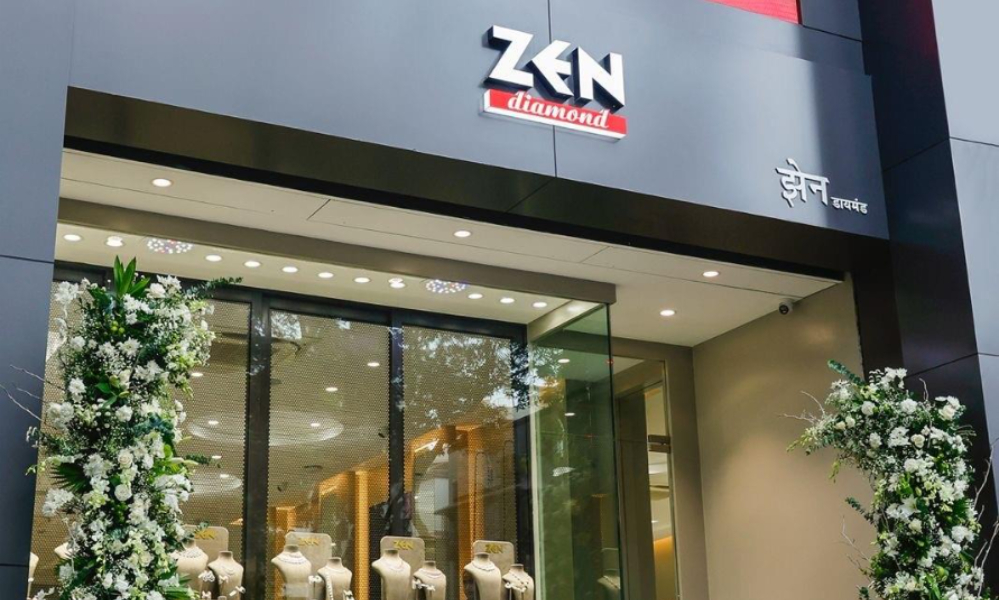Zen Diamond India debuted in 2024 with a flagship store in Mumbai’s Bandra and a showroom in Borivali. In less than two years, it has expanded to Bengaluru’s Phoenix Mall of Asia and Phoenix Marketcity. Its next stops are Chandigarh and Delhi. “By 2030, we aim to open 100 stores across India,” asserts NEIL SONAWALA, Managing Director, who spearheads the Indian chapter of this Turkish brand with over 450 stores worldwide. Ambitious? Yes, but well thought out too, according to Sonawala, who is betting on the high, untapped potential of diamond jewellery consumption in the country.
For now, Zen Diamond India is writing a bold new chapter in the retail space. Known for its world-class aesthetic design sensibility, high-end everyday and party diamond collections, coupled with a client-centric philosophy, the brand, with a mix of international design, “Make in India” manufacturing, and unique loyalty schemes built around jewellery, is positioning itself as a disruptor in India’s jewellery retail landscape.
The brand’s entry into India is reshaping the jewellery retail narrative—from no discounts and no haggling to delivering top design, trust, and premium experiences. The rate at which the brand is expanding indicates that the sparkle has only just begun.
In this candid conversation, Neil Sonawala opens up about Zen Diamond’s strategy, design philosophy, and ambitious growth plans for India.
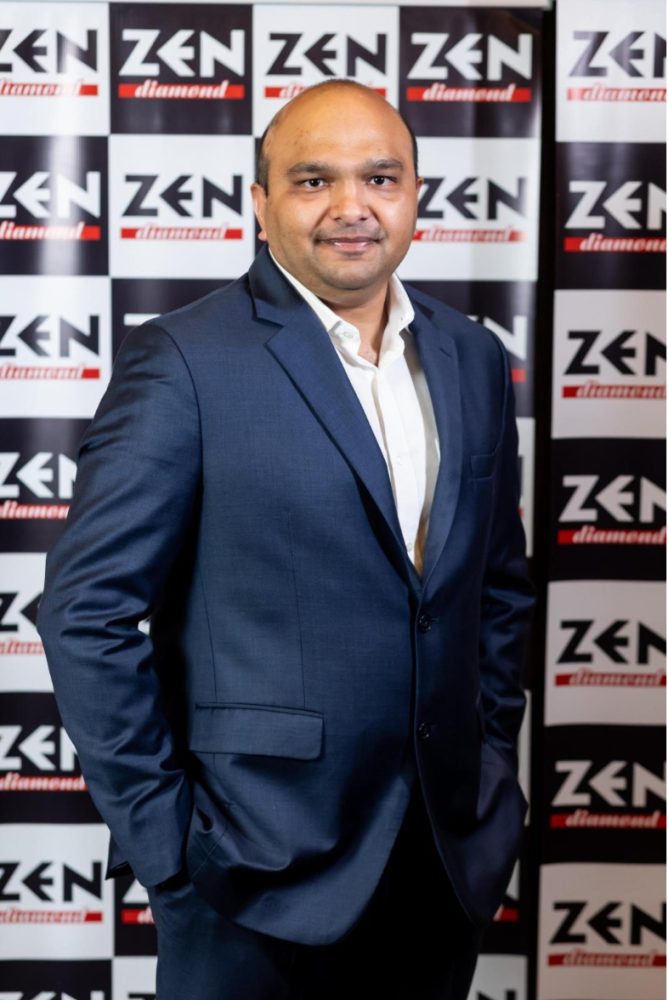
You launched Zen Diamond’s flagship in Mumbai in 2024. What gave you the confidence to bring in a diamond-focused brand during such turbulent times?
Honestly, it was India itself that gave us the confidence. The economy is growing, demographics are favourable, and consumer behaviour is shifting rapidly. We identified a vacuum in the first-class, everyday diamond jewellery space, as most players were either heavily focused on bridal or lacked a truly international, service-oriented experience.
Zen, with its global presence from America to Dubai, was perfectly positioned to fill that gap. India is today hungry for premiumization, and consumers are ready for an international brand in the affordable luxury segment.
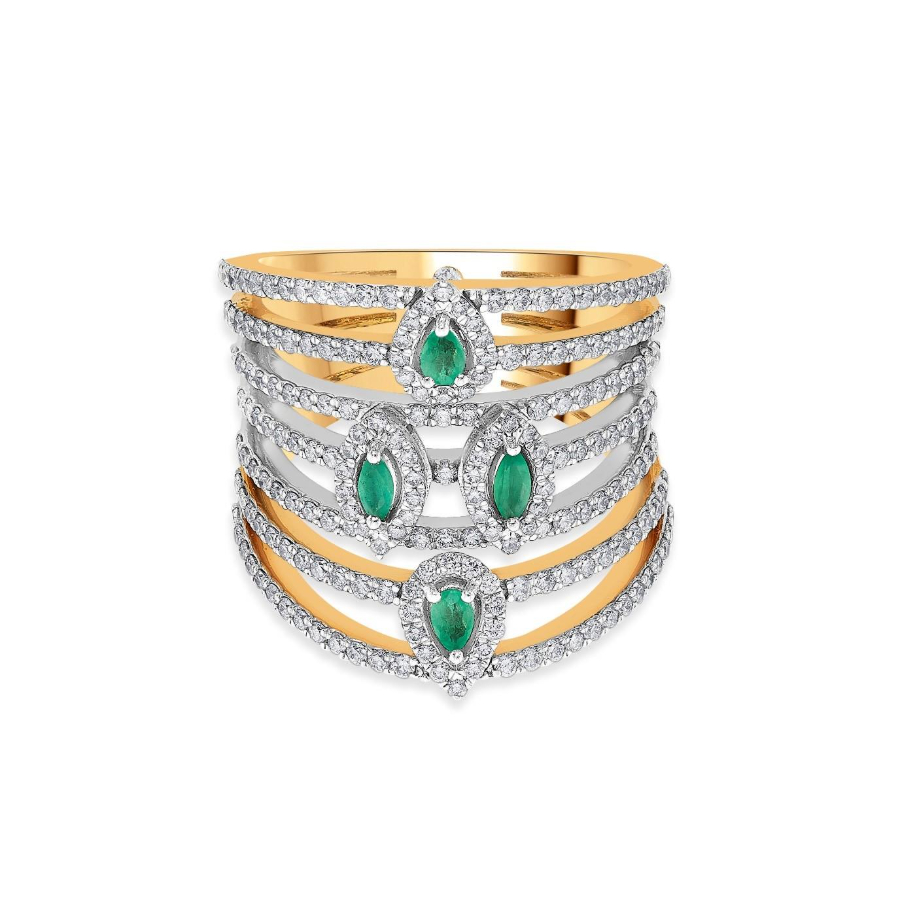
After Mumbai, what does your retail footprint look like now?
Our flagship opened on Turner Road, Bandra, followed by our Borivali Sky City store. Chandigarh is next, in Nexus Elante Mall, which is the top mall in Punjab. We’re also evaluating Delhi…only the best malls—those where other leading international and domestic brands thrive—will qualify. We are initially planning to set up base in high-quality retail assets.
Tell us about design and manufacturing. Are you creating India-specific collections too?
Globally, Zen collaborates with top European designers, and most designs are developed in Europe. However, every single piece is manufactured in India. While our main facility is based in Istanbul with 850 workers, our Indian state-of-the-art manufacturing unit is situated in Andheri, Mumbai, with over 100 Indian artisans, and growing.
For India, we’ve been given complete freedom to create localised collections. For example, our modern mangalsutra line was conceptualised with baguette diamonds combined with traditional black beads, giving it an international flavour. It’s been a hit not only in India but also in the Middle East, proving how cultural reinterpretations can travel globally.
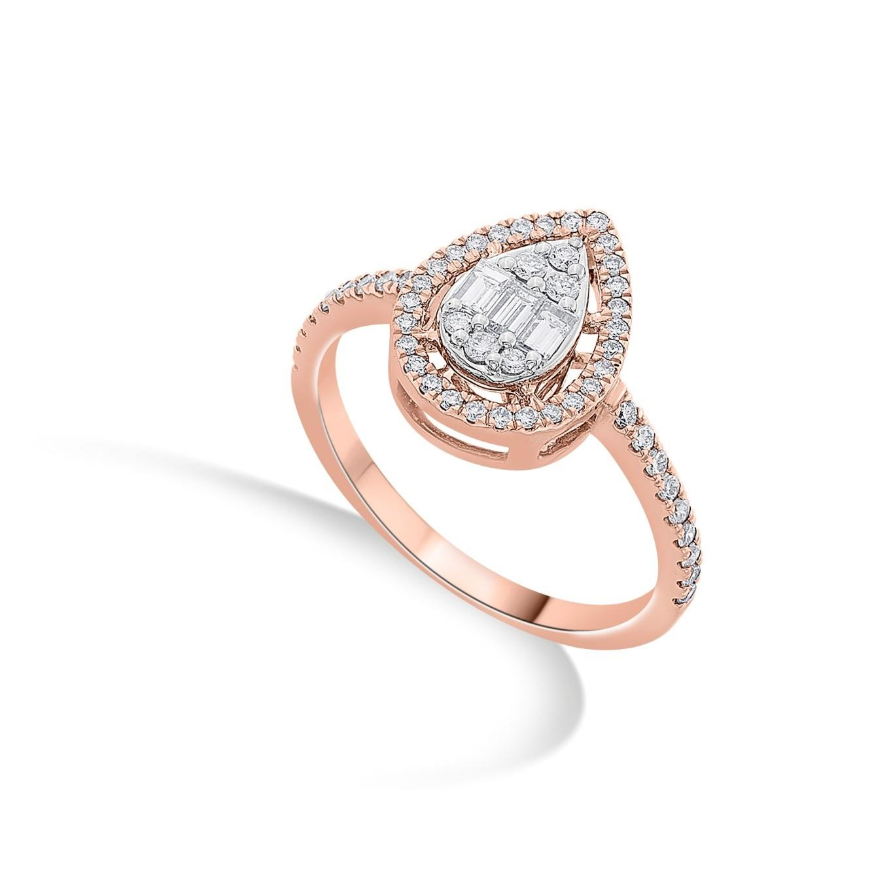
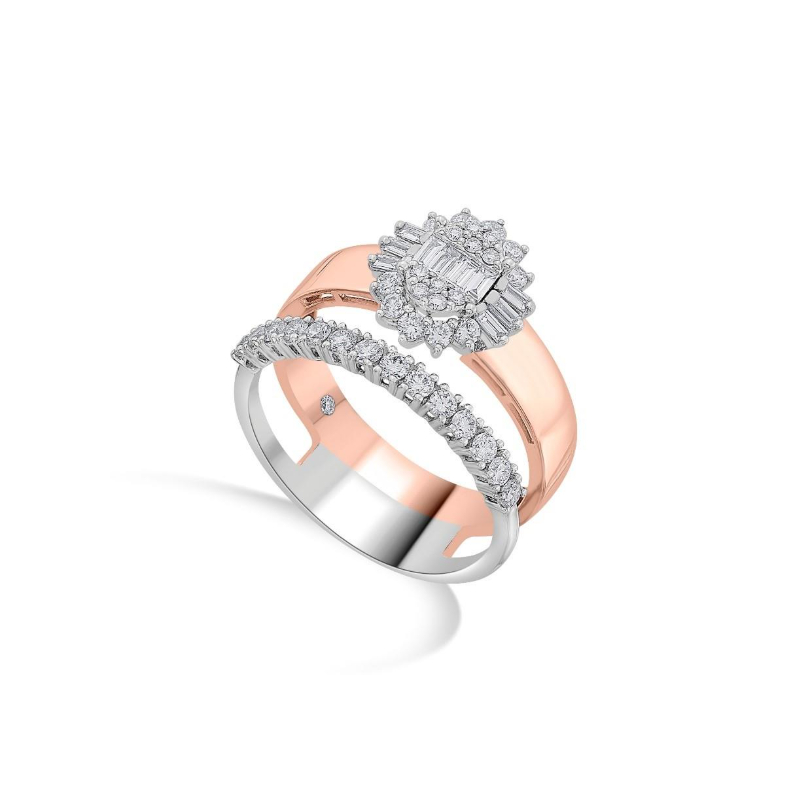
What were your initial learnings soon after establishing the showroom in Mumbai?
When we launched our first store in India, we came in with certain assumptions and a specific mindset. Initially, we introduced two collections — an international line and an Indo-Western line, which we felt would resonate with the Indian market.
But what we discovered over the past year is that customers here largely prefer international lines. India today is truly globalised — people travel extensively, see international designs abroad, and want the same aesthetic back home. And, if they can find that level of design, finishing, and quality here in India — at a competitive price because it’s “Made in India” —the jewellery then becomes even more special. That’s the gap we are filling today.
How do you differentiate the customer experience from other jewellery stores?
The experience starts the moment you enter the showroom—a signature Zen fragrance, curated music, a premium ambience, and highly trained staff. But more importantly, it’s about fairness and transparency.
We use an MRP-based pricing model, something Gen Z and millennials value because they appreciate honesty over haggling. Every product is hallmarked, certified, and comes with IGI certification. After all, jewellery is equivalent to art, yet it is a store of value.
We avoid giving discounts; instead, we have introduced gold-based rewards.
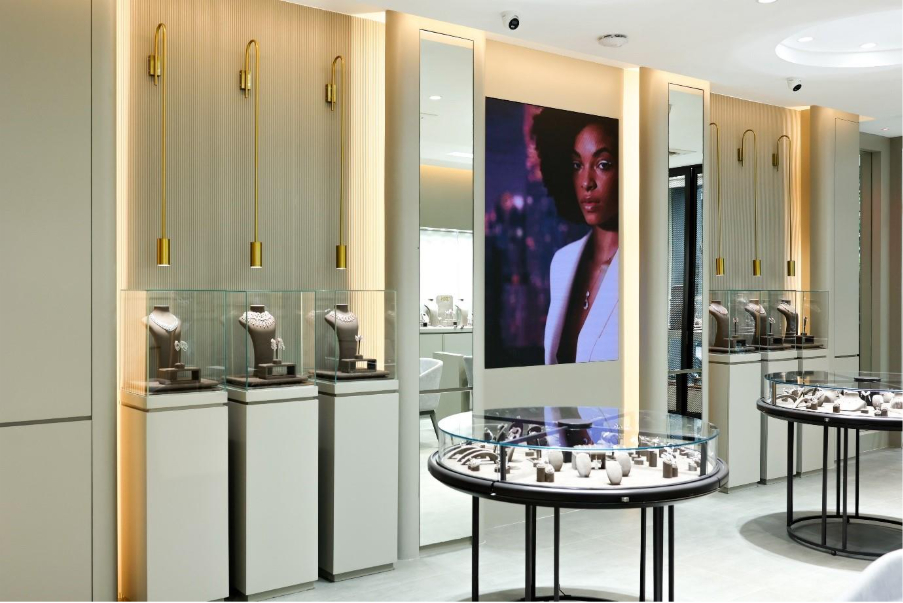
Tell us more about these gold-based rewards and what the MGM scheme is?
We build trust by combining IGI certification with the strength of our brand, and instead of discounts, we reward customers with pure 999 BIS-hallmarked gold coins.
For every ₹60,000 spent, buyers receive 1 gram of gold, which can later be brought back and redeemed with a 20% bonus in gold, along with any price appreciation. For example, a ₹6,00,000 purchase earns 10 grams of gold, and when redeemed, it becomes 12 grams at the day’s rate.
To make this more rewarding, we’ve launched the Zen Gold Multiplier (MGM) scheme, where customers are auto-enrolled, and can choose to buy additional gold in small instalments over 8 months. At the end, they enjoy a higher bonus—25% for accumulated gold and up to 30% if it crosses 150 grams. The gold remains with the customer, giving them both investment value and the flexibility to use it towards future jewellery purchases without any haggling.
It’s a fresh, trust-driven approach—and it’s resonating with our customers.
Also, we have a strong buy-back policy. For example, if you bought jewellery worth ₹1,00,000 today and return after, say, three years, its value may have appreciated to around ₹1,40,000. On this, you get a 100% exchange value, while the buyback value is 80% of the exchange price.

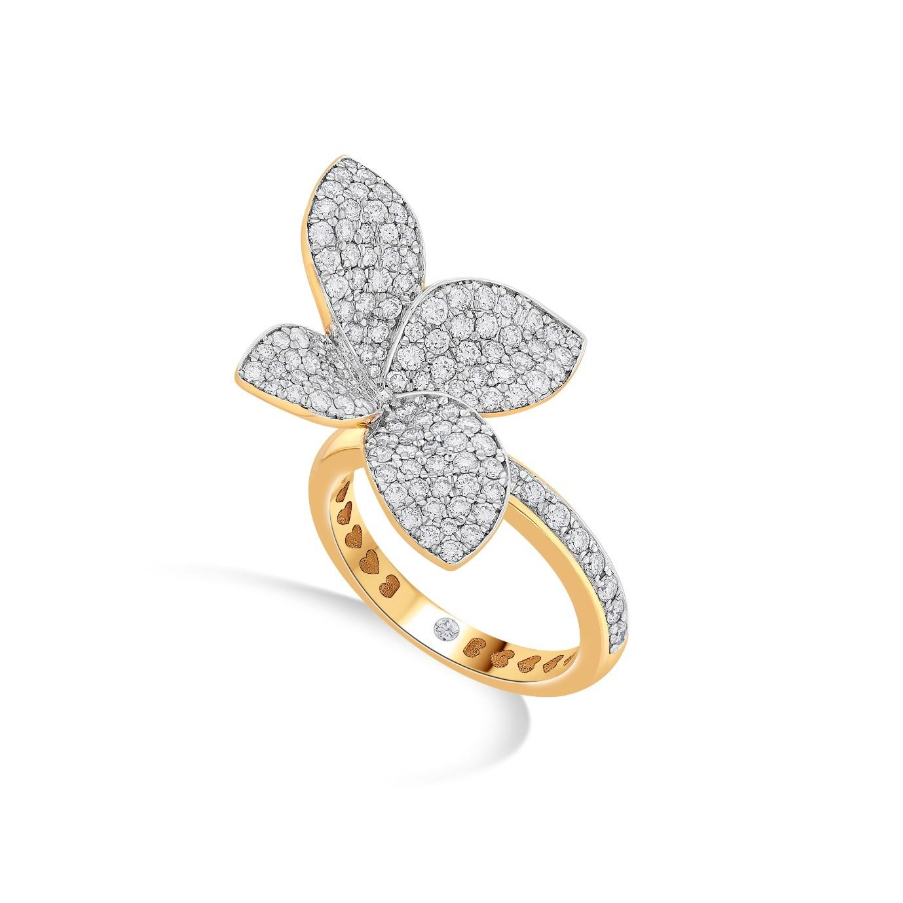
Which collections have connected most with Indian consumers?
Several, actually. The Facet Fusion collection, which uses illusion settings of baguettes and rounds to mimic solitaires, is a bestseller in the everyday wear segment. The Soiree collection and Enshanté collection are immensely popular. The Kismet collection has given the mangalsutra a new, modern identity. And of course, our Solitaire collection—classic, diamond-centric, timeless—is always in demand.
How do you integrate the Zen identity into your collections in a way that customers can instantly recognise and connect with?
Largely through our Solitaire collection, where the ‘E’ in our brand logo ‘Zen’ serves as a strong brand recall element. We also incorporate the Zen ‘E’ as a charm on necklaces, bracelets, and other pieces.
In addition, we offer a complimentary diamond with every jewellery piece, which is embedded on the reverse— it’s the only diamond that directly touches the skin, symbolising the transfer of positive energy to the wearer.
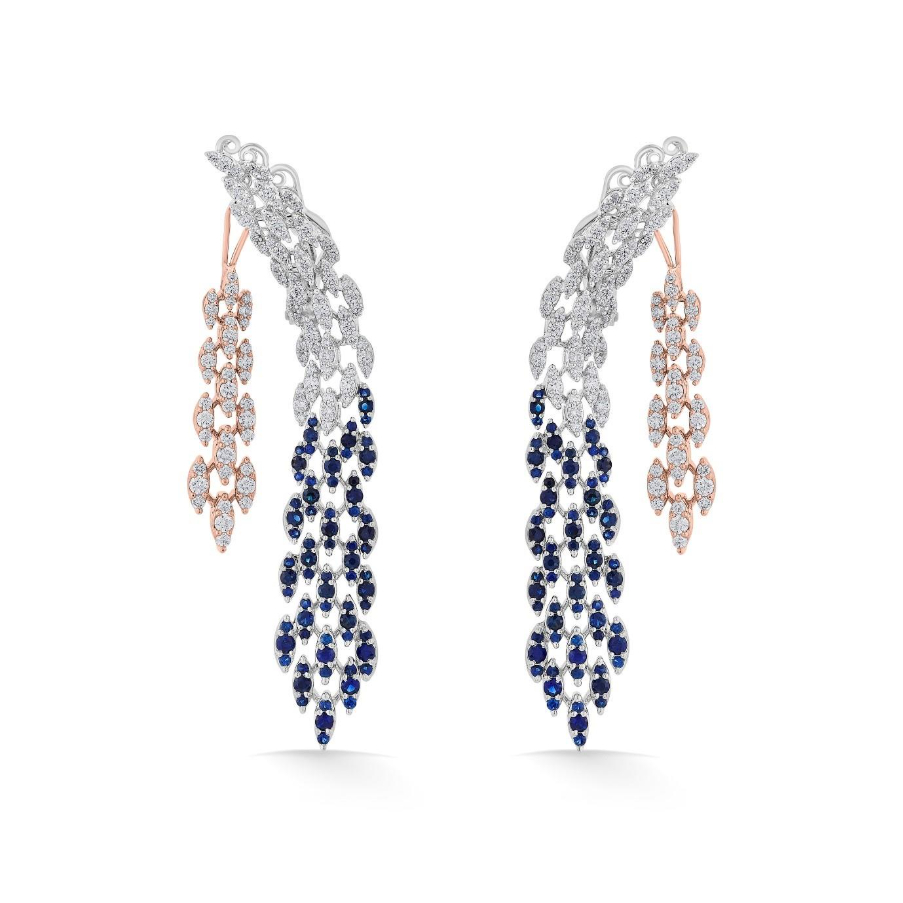
Beyond jewellery, you’ve also introduced accessories. How are they doing?
Surprisingly very well. Our perfumes are in high demand for corporate gifting; pens embedded with black diamonds and an LED light have been strong performers.
Even our bracelets featuring vintage coin in various denominations sell briskly in the gifting segment as the price points start at ₹2,000. Each coin is studded with a diamond.
Ties with a diamond-embedded Zen logo are a fast moving segment as well.
The idea is that even an entry-level customer gets the same Zen assurance and premium packaging, whether they spend ₹2,000 or ₹20 lakh.
India is highly competitive. How do you set yourself apart in such a crowded market, especially in Mumbai’s own Bond Street, where jewellers operate cheek by jowl?
By sticking to our core—design and store experience. When we entered the market, we thought we’d need a balance of Indo-Western and international lines. But what we found was that Indian consumers actually preferred a pure international collection. Today’s consumer is well-travelled, exposed to global design, and wants the same aesthetics here—at a better price, thanks to our “Make in India” model.
That’s our differentiator: global design, local craftsmanship, fair pricing, and premium service.
What about bridal jewellery—does Zen cater to that segment?
Bridal jewellery is not our main focus. We offer jewellery for occasion wear and the functions surrounding weddings—engagements, cocktails, sangeets. We want to be part of life’s many moments, not just the wedding day.
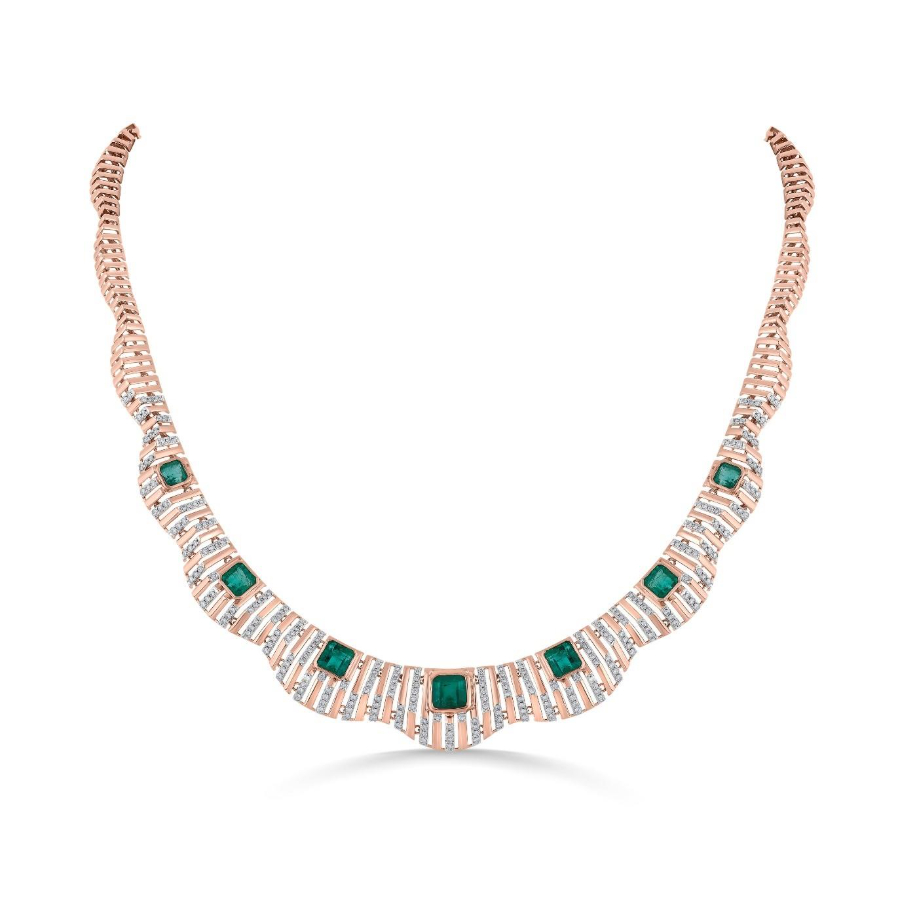
Since you place strong emphasis on a Make in India product line, how do you keep your artisans and staff motivated and ensure their long-term retention?
We follow three principles: pay them well, keep them well, and treat them well.
Our pay scales are above average, aligned with international benchmarks. We provide good facilities—canteens, insurance, proper working conditions—and most importantly, respect.
Talented artisans today want to work for global companies that value them. This mindset shift is key to building a sustainable workforce, especially as younger generations explore other careers.
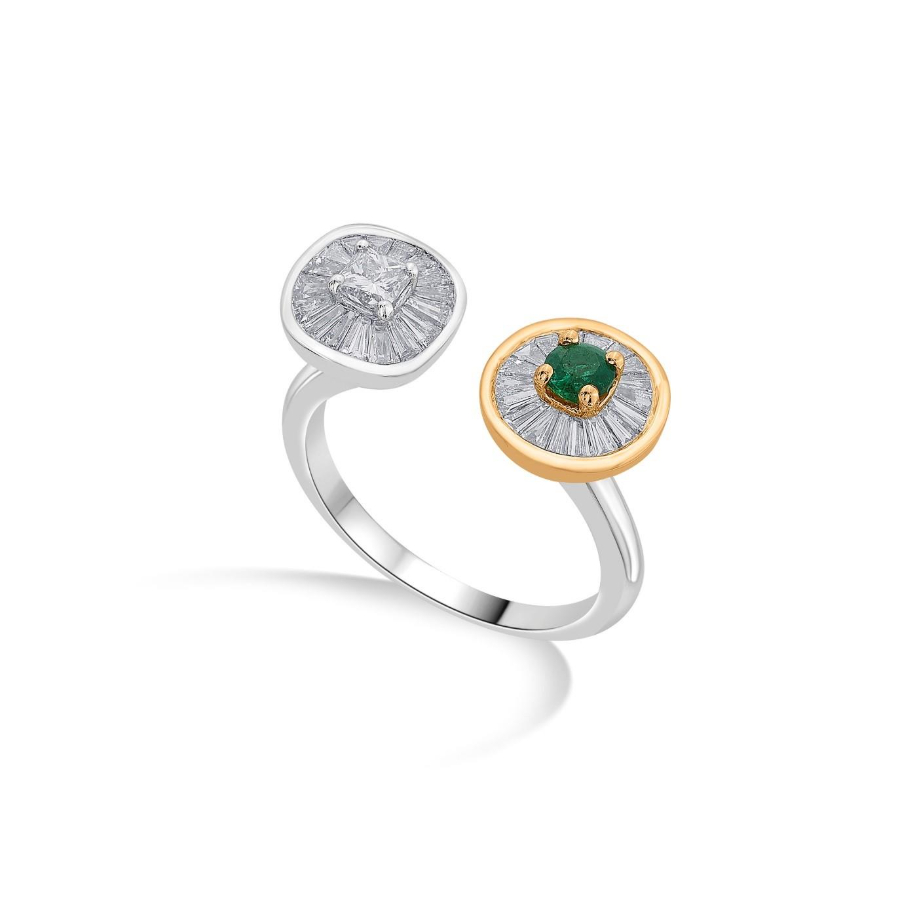
A two-tone white and yellow gold ring, with one terminal adorned in sparkling baguettes and the other showcasing an emerald set against a canvas of diamonds. By Zen Diamond
What’s your take on lab-grown diamonds (LGDs)?
LGDs will find their space, but it will be a vastly different market—I believe, they will flourish more in fashion jewellery, accessories, and even non-jewellery applications like clothing or phone covers, etc. LGDs for jewellery work better in a direct-to-consumer model rather than a heavy retail footprint.
Natural diamonds will always carry rarity, heritage, and value—perfect for milestones and heirlooms. For us, natural diamonds remain the core.
What challenges do you face in India? And what opportunities excite you the most?
The challenge is recognition. We’re still a new brand in India, and building trust takes time. But the response so far—repeat customers, strong design acceptance, and traction across collections—has been very encouraging.
As a global brand, we enjoy strong opportunities to be welcomed into prime retail spaces, especially high-performing shopping malls that value having a distinctive presence in their mix. Many of these locations lack a brand in our category, which makes our entry even more attractive. With 450 stores worldwide, all situated in premium locations, our brand’s profile strengthens our positioning, helping us secure the right spaces. This not only places us where discerning consumers shop but also creates the ideal environment to connect meaningfully with them.
The opportunities are vast. India has just overtaken China as the second-largest diamond consumer globally, with 11% of the market, but the gap with the US (50%+) is huge. Add to that our global design pipeline—Zen develops 1,500 new designs every month—and India’s “Make in India” push, and we’re in a strong position. Our goal is clear: 100 stores by 2030.
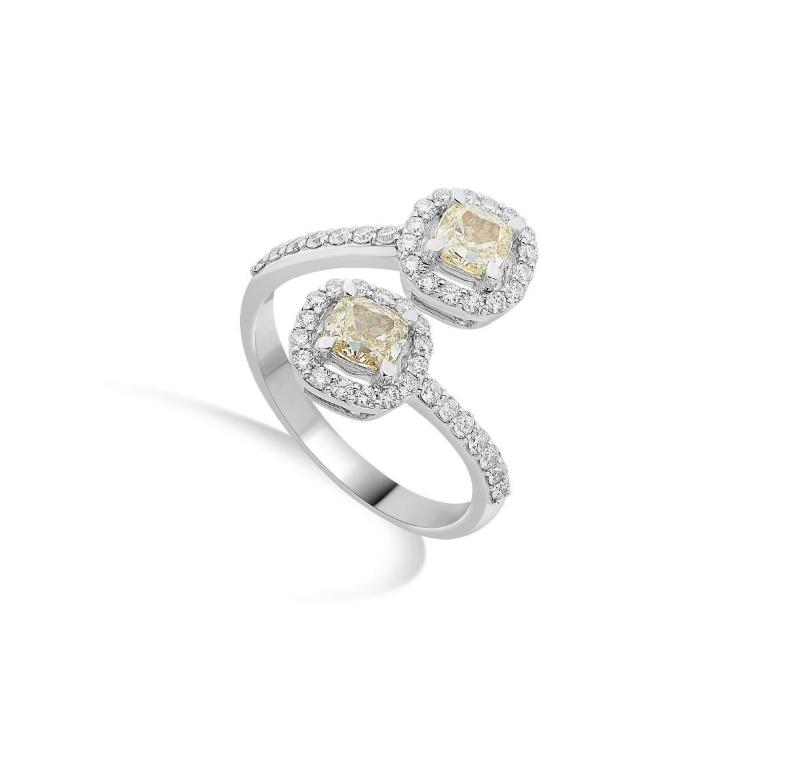
What is Zen Diamond’s promise to Indian consumers?
To make jewellery buying fair, transparent, and joyful. To bring global design and premium experiences into India without compromises. And to ensure that whether you’re buying a ₹2,000 diamond-accented coin bracelet or a ₹10 lakh diamond necklace, you walk away with trust, delight, and a piece of art that will stay with you forever.

